7 Predictions That Could Have Explained Marketing in 2020

If the previous decade taught us anything, it’s that the rate of change is faster than most of us can keep up with. And the next decade is only going to make our heads spin even quicker.
Originally Published January 2020
UPDATE: Back in January, it seemed reasonable to make these predictions on how the world of marketing could unfold in 2020.
Then, Coronavirus.
Now, it’s clear that every playbook, every prediction has to be re-thought and re-evaluated in light of the uncertain times ahead. Instead of predictions, we’ve re-framed this article as trends that could still shape the future of marketing and ranked each trend with a ‘Pandemic Relevancy Score’. Some are still relevant, others, not as much. Either way, it’s food for thought as we ponder what’s in store for the next 12 months.

Trend #1 – Brands Will Create Movements
Pandemic Relevancy Score: A
It matters greatly to Millennials and Generation Z that the brands they interact with are seen as having a higher purpose than simply improving the bottom line. They want to know that brands have the same societal concerns as they do, and do their part to help make the world a better place. Brand purpose isn’t totally new, of course, though it is becoming more crucial as a bedrock principle of modern brand building. And this year, we expect to see many brands take this a step further—creating movements. That is, rallying consumers along with the brand around a common cause or ideal, in the ultimate pursuit of taking action.
Some brands are already showing that movements can lead to business success, like Bombas socks and their “one pair purchased, one pair donated” framing, as well as Allbirds’s sustainability-minded shoes. And why would a movement be an effective way for a brand to sell itself? Because movements are built not just on common interests and thoughts, but on emotions. Brands building movements show their customers that they view them as humans, not just as consumers or line items on a spreadsheet.
As personalization and purpose continue to be part of the bedrock of modern marketing, look for more brands to look into how they can create a movement around shared goals and interests of their audience.
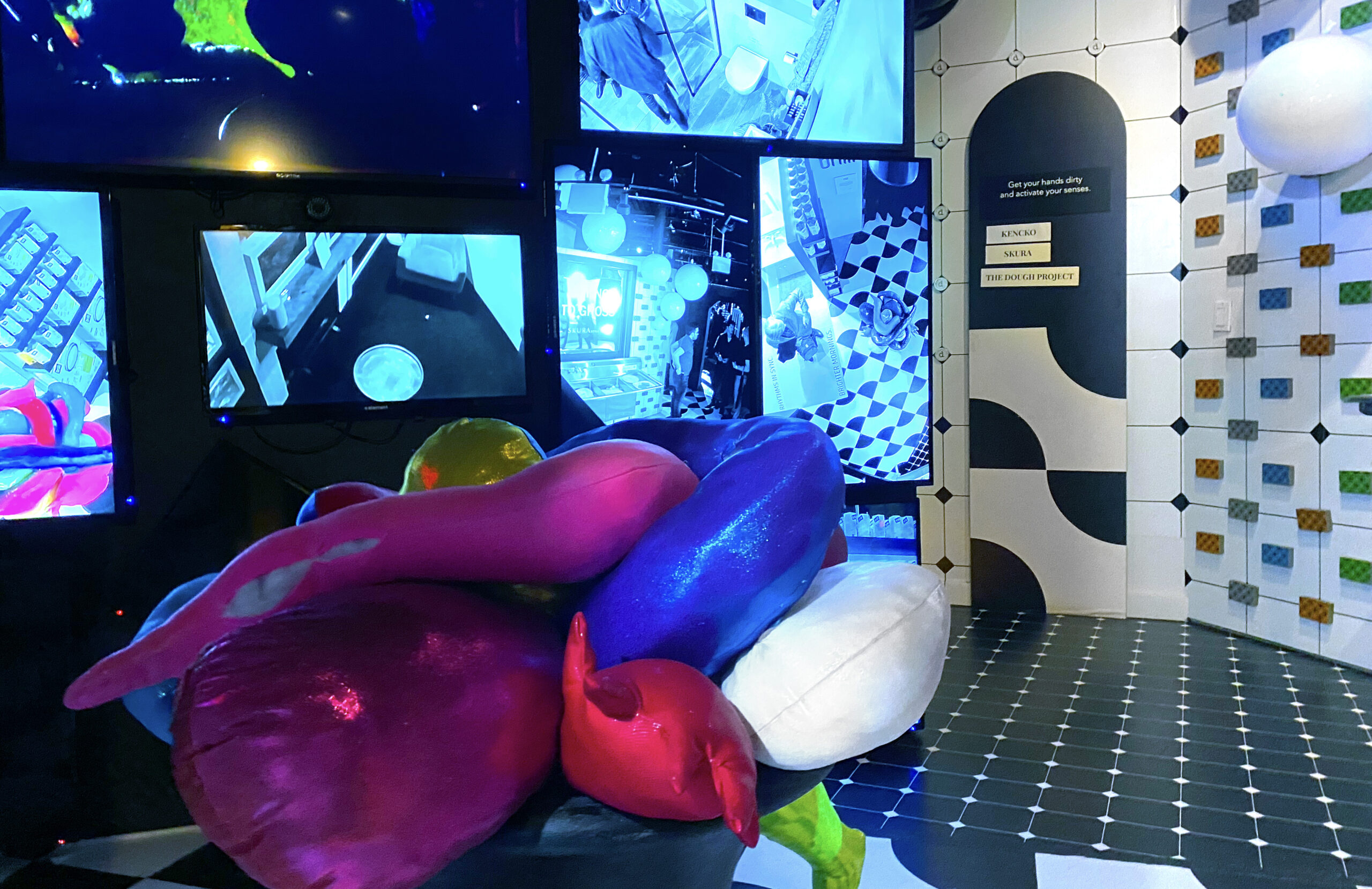
Trend #2 – Customer Experience Takes Center Stage…On and Offline
Pandemic Relevancy Score: C+
Showfields isn’t a mall. Or is it the future of malls? “The Most Interesting Store in the World”, located in New York City, is essentially a place for online, direct-to-consumer brands to show off their products to customers, needing just cubicle-sized shows paces to do so. It’s physical retail but upended to fit in line with the digital nature of consumers, and the digital-nativeness of many of the brands that are showcased there. This type of theatricalizing of retail seems to mark the future—if traditional retail isn’t dead, it’s on life support. But that doesn’t mean that brick and mortar shops are going to go away. They’re just going to change, and this year we’ll start to see brands experiment with how they can get their products in the hands and eyesight of consumers.

There’s ample reason for brands to do so, mainly because materialism isn’t going anywhere. It’s plausible that we, as an industry, have gotten so wrapped up in everything being digital that we’ve forgotten the value of holding something physical in your hand. There’s still something to it, which is why MasterCard-branded macaroons only sounds silly until you think about it for a minute. Or why Taco Bell hosting a VIP pool party in Las Vegas isn’t as off-brand as it seems. Physical things, destinations, event-izing—all of these tactics are types of experiences. And while we wholly expect brands to focus on digital experiences (and they should), there’s ample opportunity for brands that think about what activates their consumers in the physical world, too.

This year we’ll see many brands put a renewed focus on meeting their customers at the intersection of passion and culture. Less interruption, more engagement and entertainment.
Trend #3 – AI Drives Better Personalization, Empowering Loyalty Programs
Pandemic Relevancy Score: B+
As we mentioned, customers demand unique, personal brand interactions today. And whether those customers are online or off, marketers need to figure out ways to show them that brands understand why they are where they are, what they’re looking for, and how the brand can help. This is how brands today can treat customers like human beings.
But there are so many customers out there. In the digital world, you can interact with a customer anywhere in the world, at any time. Segmenting a few levels down still doesn’t narrow the field all that much. It’s impossible for human beings to personalize content and experiences for that many customers quickly and efficiently enough for these interactions to turn into engagement—and, eventually, sales.
That’s where AI comes into play. And we’re not just talking about the Watsons of the world. Early-stage companies and smaller, newer brands can still utilize AI for understanding more about consumers, their behaviors, and how to sort those consumers across channels and content streams.
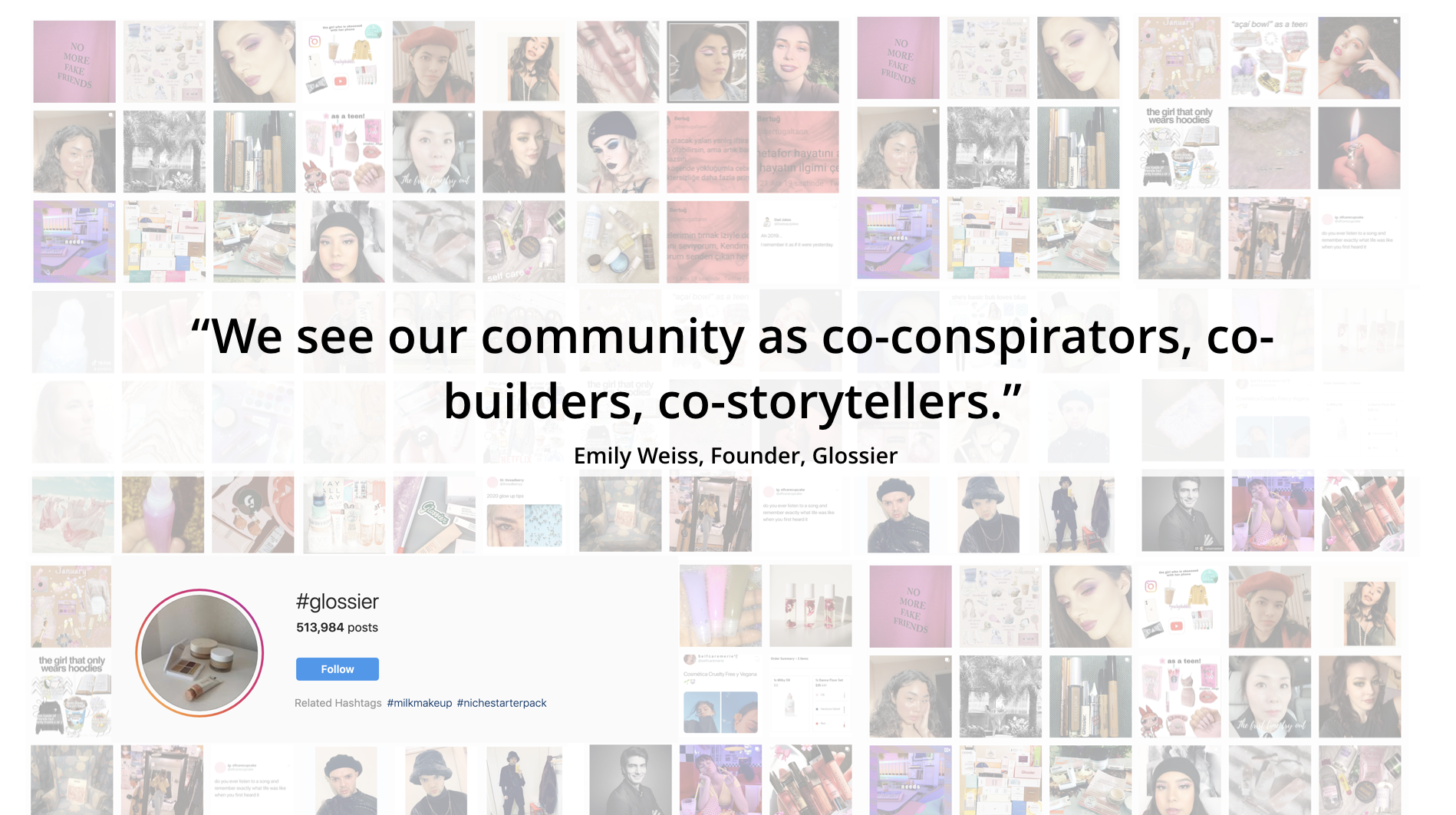
Take, for instance, user-generated content. Online beauty brand Glossier sees their online audience as “co-conspirators, co-builders, co-storytellers,” and other brands should take heed. Using user-generated content is a great way to organically build a brand and make authentic connections with your audience, and it can also really help with at-scale content creation. AI can help sift through user-generated content, helping to pluck out the content that best suits the brand and discard the irrelevant—something that would be a painstaking task for a human being or even a group of them to do.
AI is going to radically alter every part of our world. In time, it’s going to be able to take over many creative aspects of marketing—yes, you read that right. But for now, AI is helping companies get the right message to the right person at the right time and place. That sounds to us like the goal of modern marketing in a nutshell.
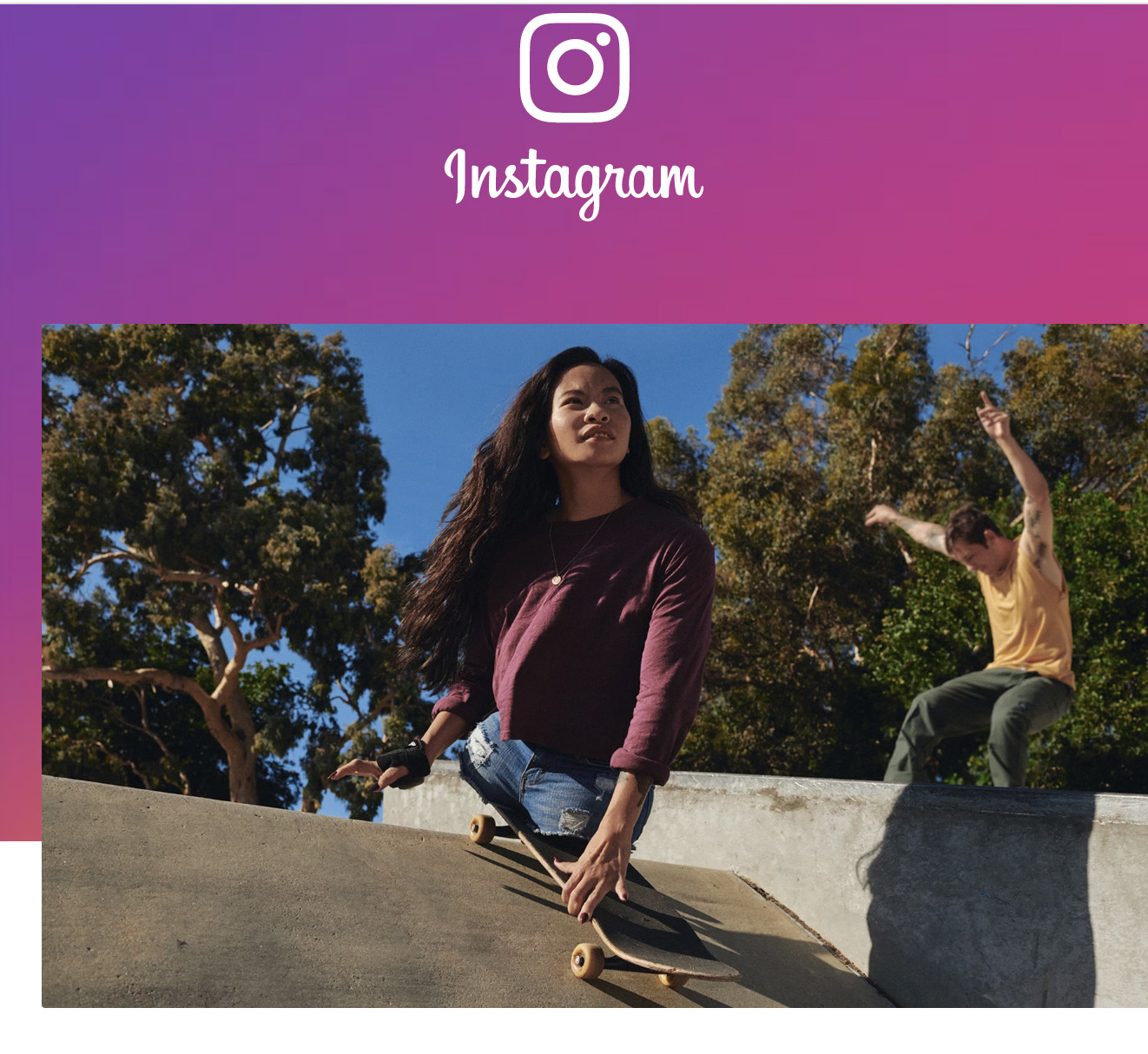
Trend #4 – Brands Cannot Escape Corporate Social Responsibility
Pandemic Relevancy Score: A++
We talked previously about brands creating movements, in part because Millennials and Gen Z overwhelmingly want to interact with brands that they feel share their values and who do good in the world. In total, 55% of consumers will consider company values before making a purchasing decision, and we only expect that number to go up. And we think this is the year where brands will have to respond in kind if they have not already. Brands can no longer simply sit on the fence and watch the world go by. Customers are paying more attention, and they will be happy to leave a brand behind if they feel it’s not serious enough about doing good in the world.
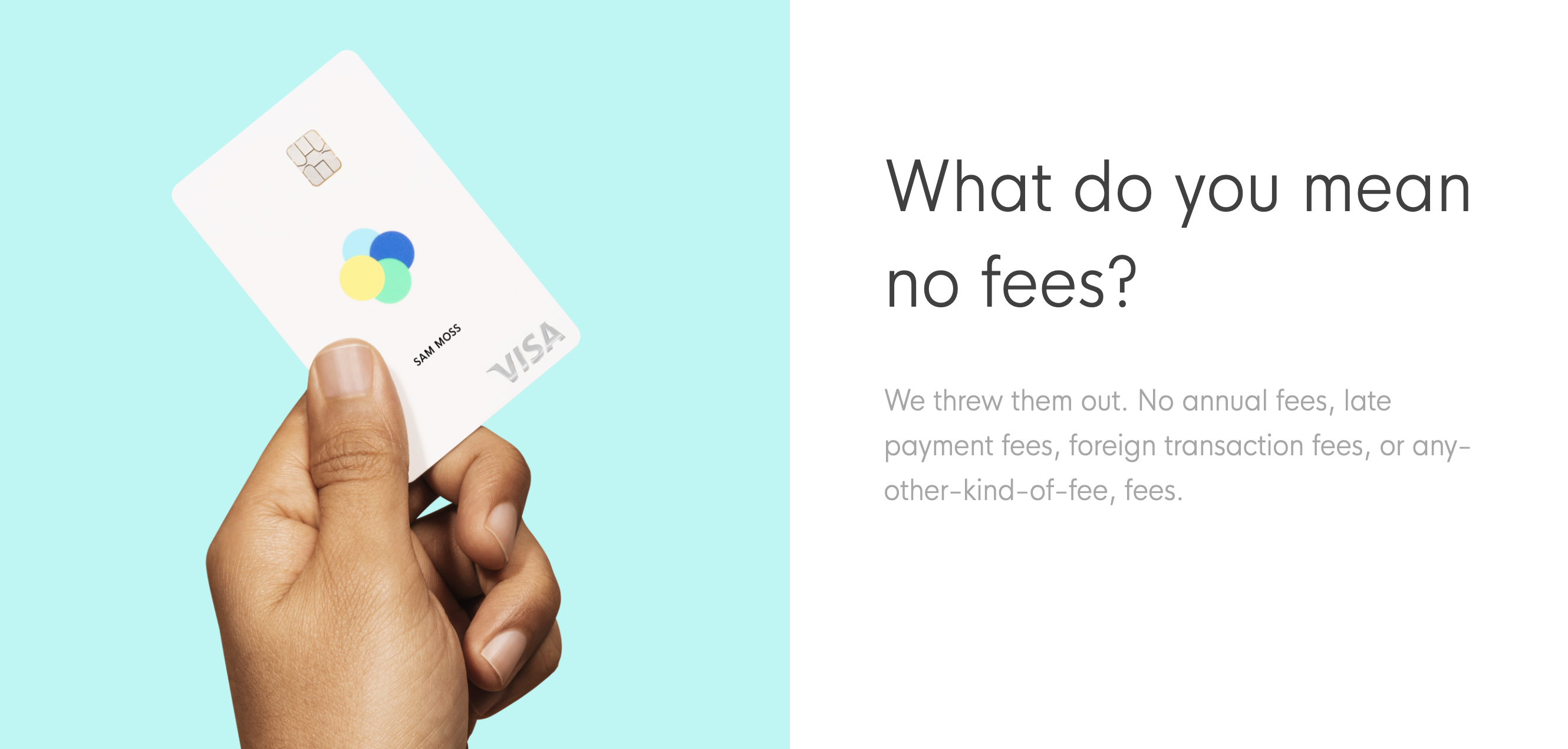
But what does it mean for a company to be socially responsible? Many companies think they can come up with a one-off sustainability initiative or single partnership that shows customers they care. But that’s not enough. Companies need to make lasting changes to how they operate (sustainable shipping, packaging, etc.) or bake social consciousness into their brand and business model.
An example of the latter is Petal, which is dedicated to responsible credit for the modern world. That means no annual fees, late fees, foreign transaction fees. Petal is an example of not just paying lip service to a problem that plagues consumers, but actually building a business model around that problem.
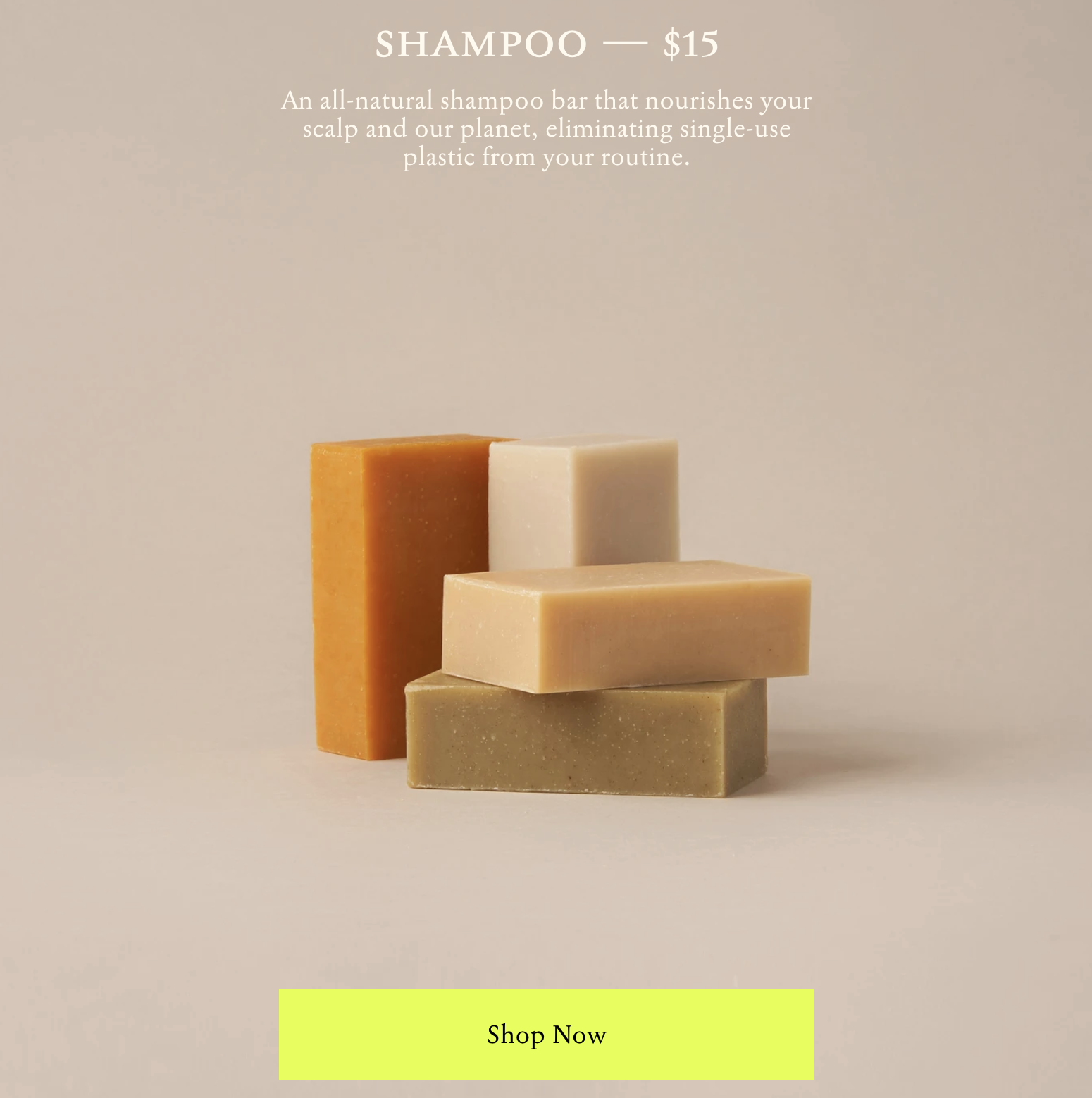
If you’re not going to make your brand stand for social responsibility, as a baseline, you have to prove to consumers that you’re thinking about the same issues they care about and are doing tangible things to address them. This is where we expect to see an uptick—in things like refillable consumer goods and alternative packaging (or the removal of packaging altogether, when possible).
And when it comes to marketing content itself, we expect to see more and more brands lean into progressive content, which on average performs 25% better. When thinking about who to show in your content, brands will have to demonstrate that they’re thinking bigger and that their brand is something that all people can trust and interact with.
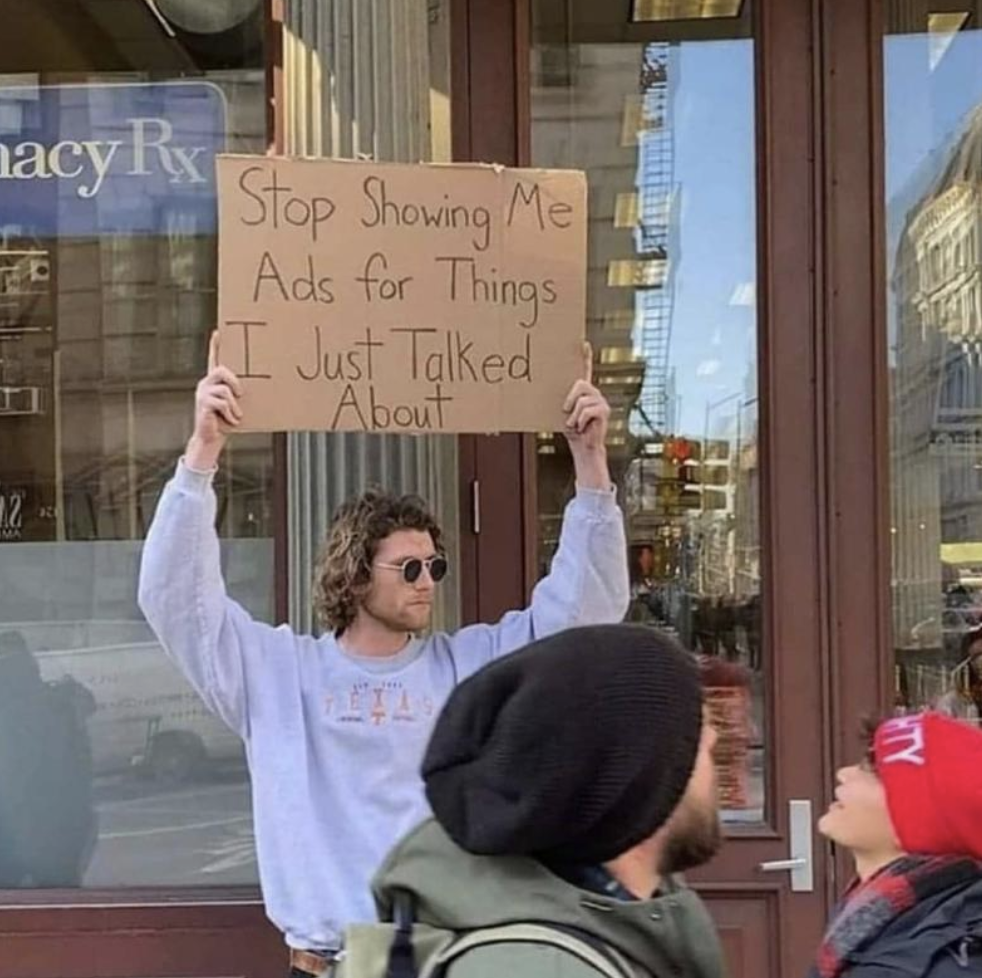
Prediction #5 – The Privacy Conversation Evolves
Pandemic Relevancy Score: A
People have had ads show up in their social media feeds and email inboxes for things they just spoke about, just texted about, and even sometimes just thought about (that last one is impossible…for now!). And it creeps them out. We’re in a full-swing consumer backlash towards companies that stalk them and try to get them to buy something.
Between GDPR and the California Consumer Privacy Act, many of the most popular forms of programmatic advertising is effectively a data breach. Companies have to figure out new ways around this backlash, where the consumers have taken back the power and affected change. This year, we’ll see winners and losers in the privacy game.
The big techs are responding: Google is making it easier for you to tell your Google Home to forget what it just heard; Facebook is giving users more control over their privacy and making sure their users understand what data is being shared; YouTube is killing comments, end screens and data collection on children’s videos.
Companies have to navigate these new regulations and protections and make sure they have their data and privacy policies and plans reviewed, tested and in place. And it’s crucial that companies communicate with consumers about these issues and show that they’re on the consumers’ side.
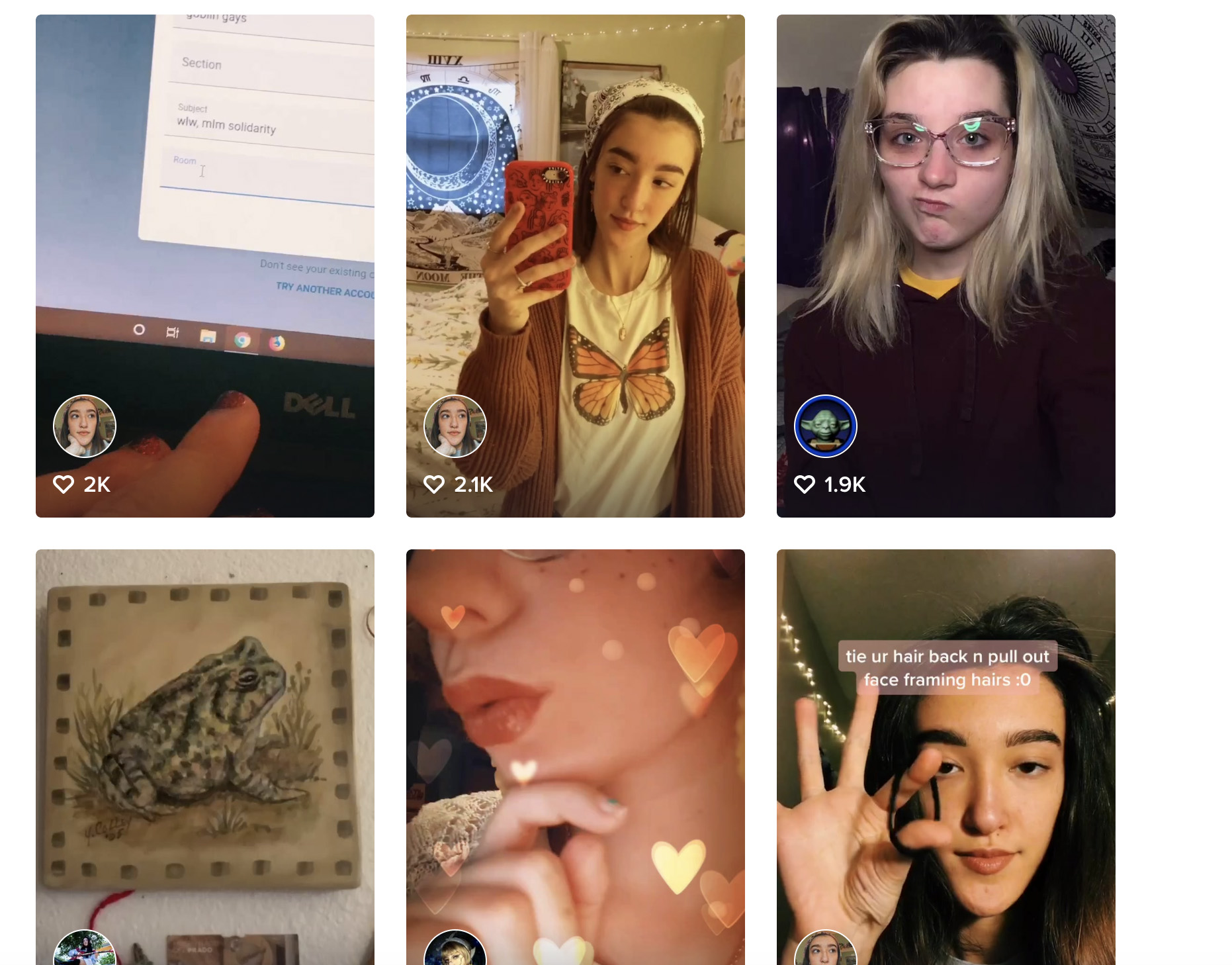
Prediction #6 – TikTok Is Here…Deal With It
Pandemic Relevancy Score: B
Look…I don’t quite get it, you don’t quite get it. But we’re not the ones who matter here.
Generation Z—the 17-23-year-olds who makeup 27% of the U.S. population and, by the way, hold $143 billion in spending power—care about it. They’re on it all the time, dancing, lip-synching, making memes, and quick-hit videos. So if you care about making inroads with the future of the country, you’d better get to understanding TikTok.
Marketing on social platforms is very tricky, and TikTok is no exception. If anything, we think brands will spend this year monitoring the platform, using the time to understand which TikTok trends go viral, and why. That will go a long way towards decoding the Gen Z/Millennial internet and meme culture in general—which ultimately can help inform your brand’s content and marketing strategies for the younger generations.
In general, the success of TikTok is a sign that this year will confirm the popularity of short-form video, something to keep top of mind as you build out your digital content.
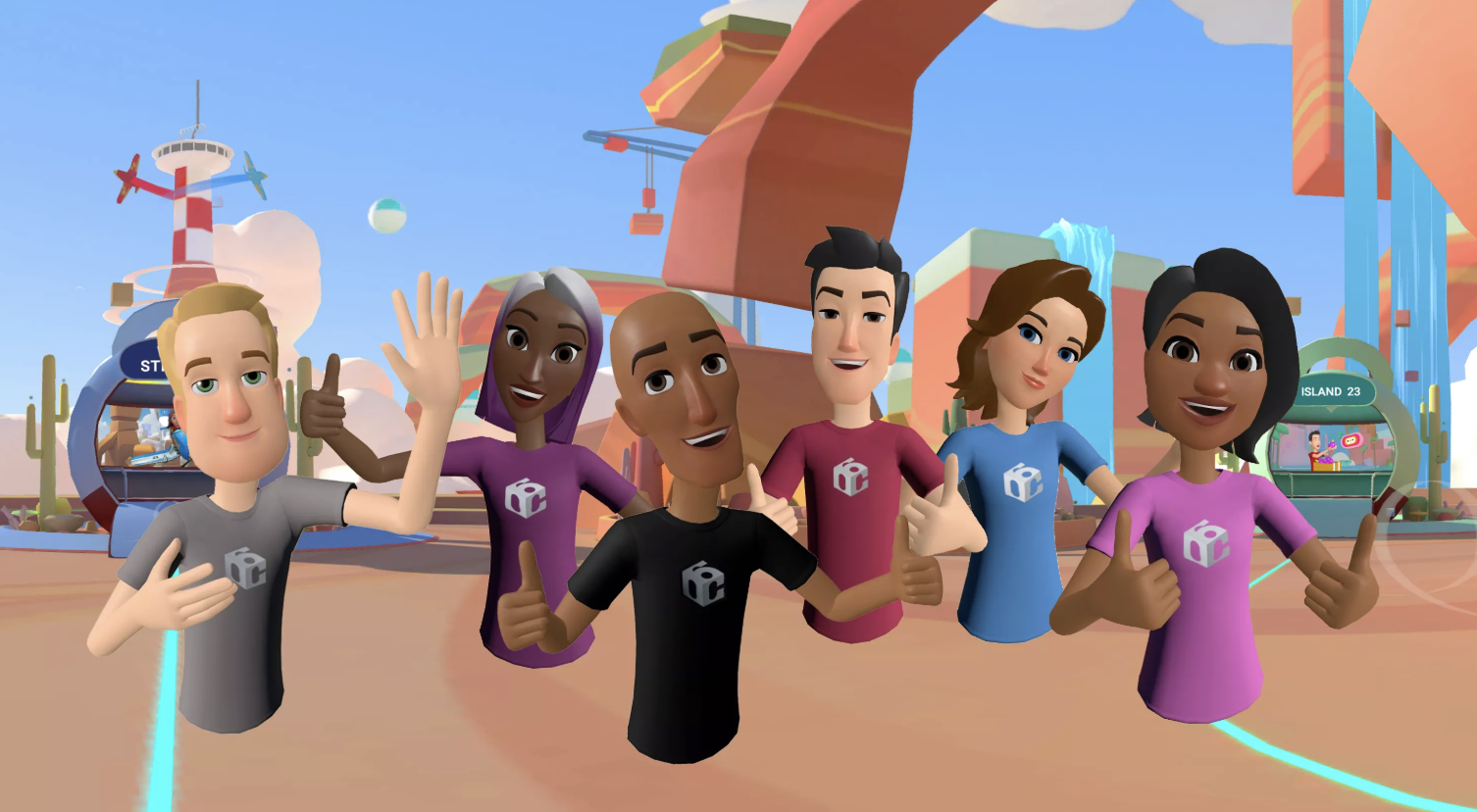
Prediction #7 – Virtual Worlds are the New Super Bowl
Pandemic Relevancy Score: B
Though the Big Game still pulls big numbers, traditional television viewing is on the decline. But what’s on the rise? Gaming. When Fortnite aired a sneak peek of Star Wars: The Rise of Skywalker, 3.1 million viewers tuned in. The in-game promotion also included product and gaming giveaways and incorporated the game universe seamlessly with live-action elements.
In total, in 2018, 50 billion hours of gaming content were watched. This obviously represents a major market opportunity, and this year we expect to see more and more brand interactions within gaming worlds.
The sheer size of the gaming market has attracted the largest tech firms. While still in relative infancy, Virtual Reality worlds are going to become as important for marketing as the offline worlds. Innovative strategies in these virtual settings can connect with customers to create never-been-done-before experiences—the only limit is creativity and willingness to enter gaming worlds that may be a totally new frontier.
Conclusion
What binds these trends together? For one, it’s that customers are paying attention now more than ever. Customers have always been attracted to brands as much for what it says about them than for an affinity for its products and services, but that’s now going even deeper. Customers want to buy into brands who don’t just serve them well, but that they feel understand them.
There are many ways brands today can prove that to consumers, whether its by showing it cares about the same issues as consumers, or by going to new places and platforms that interest consumers, or by doing a better job providing experiences and personalizations that don’t feel awkward or intrusive. But that also means there are many ways to get it wrong.
If this article helped you, please help us by sharing it or recommending it to a friend. Thank you!


